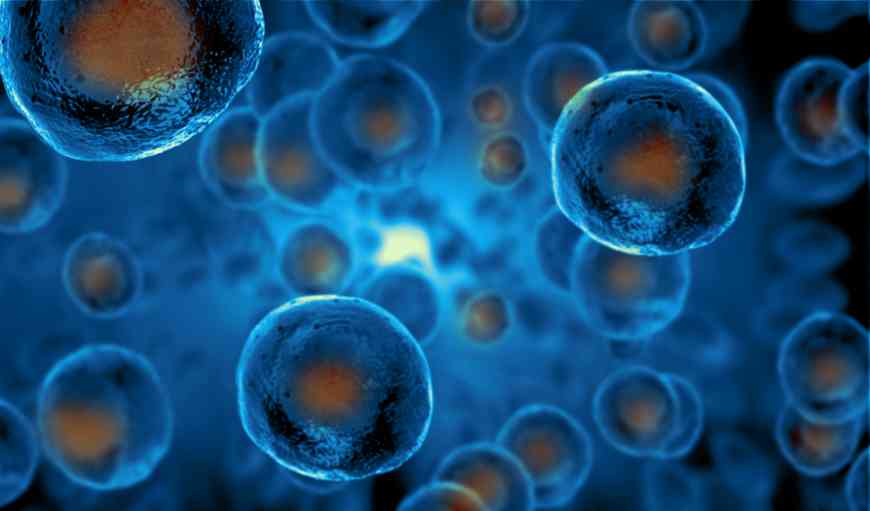How to Successfully Manage The Challenges of Developing an ATMP

Published on: Mar 18th, 2020
ATMPs (Advanced Therapy Medicinal Product), covering cell and gene therapy products, have a huge therapeutic potential to treat serious diseases. Although the development can be complex, it can be successfully managed if the potential challenges are clearly understood in advance.
Regulatory agencies in most developed countries recognize the challenges faced by this class of product and are more than happy to support their development whilst considering the required evidence is not compromised. By following a science-based and integrated approach, the product can achieve its full potential.
Challenge #1 – Manufacturing
Manufacturing complexity is a major challenge which needs to be fully understood and linked to the non-clinical and clinical outcome as early as possible. The impact of aspects such as scaling-up and scaling out, potency etc. on the final outcomes should be understood by all those involved.
Challenge #2 – Nonclinical testing
When it comes to nonclinical development, areas like germline transmission studies, tumorigenicity studies, and biodistribution studies present challenges for ATMP developers and finding off-the-shelf solutions for these is not easy. Sufficiently sensitive and relevant models are frequently lacking to assess pharmacodynamics properties and safety (i.e. the benefit/risk) and thus guide the clinical development. Therefore, sponsors must identify alternative strategies as regards to the product characteristics and intended use and use the most relevant model(s) that enable efficient translation of data to humans. That means considering the product unique specificities and taking a risk-based approach, whilst recognizing the 3R principle of reduction, refinement and replacement of animal use.
Challenge #3 – Clinical Development
Clinical development is significantly different as healthy volunteer studies are generally not applicable due to the high risk. For example, giving a gene therapy to a healthy volunteer cannot usually be justified. This means the first human to receive the product will be patients with the disease which makes interpretation of safety data complex. Whilst it is possible that any unexpected symptoms/ signs could be due to the disease or co-medication, this could be influenced by potential bias and strong evidence and/or justification may be needed to prove it. In addition to this, dose selection can be a huge challenge as conventional dose-finding studies may not be applicable and could lead to the selection of the wrong dose. Considering many of them are given only once and expected to work for a lifetime making it a critical decision with a huge influence on success and with potential ethical concerns giving an ineffective dose and denying the benefits in some recipients.
Challenge #4 – Reimbursement
Reimbursement is another significant challenge as the model applicable to traditional medicines with repeat administration for chronic diseases if often not appropriate. This is when a creative approach is required. It is expected that many of these will be more efficient in relation to cost-saving in the long-term and thus justifiable. The reimbursement of novel ATMP is difficult as it entails going through laborious negotiations with HTA bodies.
An integrated approach is the key to success…
From as early as possible, I’d recommend taking an integrated approach for the entire product development and include all stakeholders right from the start. This will include manufacturing through to Marketing. It’s essential that everyone understands the complexity of the disease being targeted.
Those with special expertise and experience in the field also need to be involved to ensure risks are minimized and the chance of success increased.
There are regulatory procedures, some specific for ATMPs which ensure the right steps are taken. In the EU, for example, there are several procedures including classification, certification, scientific advice and Priority Medicines designation (PRIME). In the US, there are a number of procedures available such as regenerative medicine advanced therapy (RMAT), fast track designation (FTD), breakthrough therapy designation (BTD) and INTERACT program.
I’ll conclude by reiterating that ATMP development is way more complex than traditional drug development, hence the need to include regulatory and scientific expertise early and have a tailored development plan to increase your chances of a successful outcome.

Questions? Get the answer by our expert team
No two product developments are the same, talk to our experts about your development challenges and we will provide your actional recommendations.

